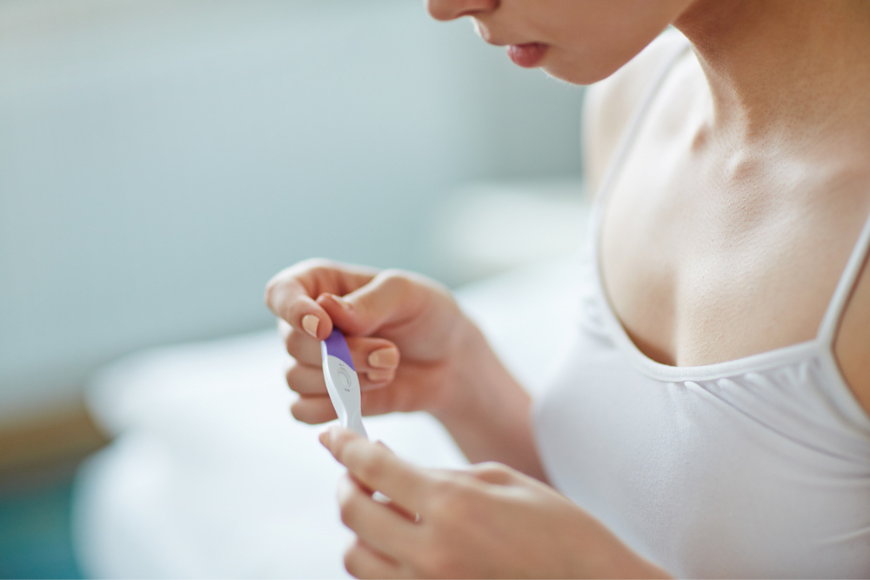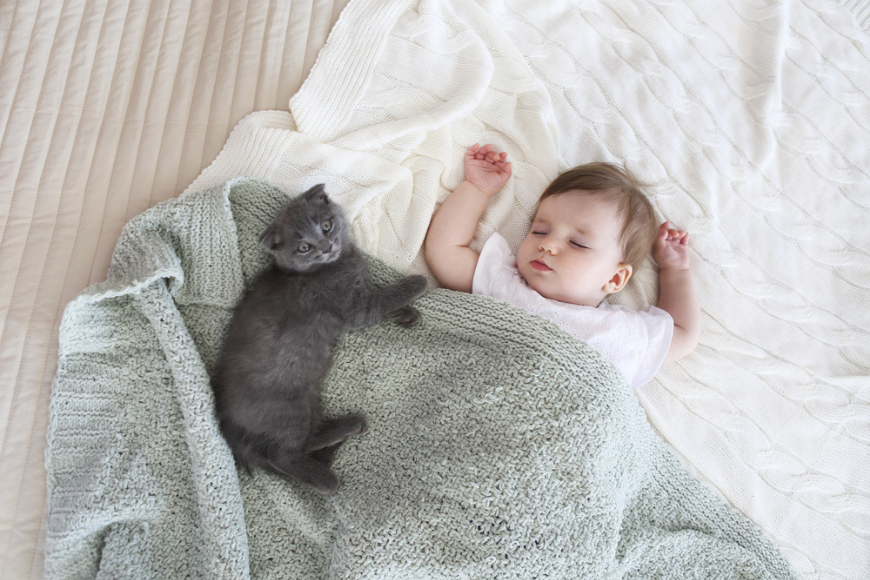If you're a pet owner, it's important to know what to do when trouble strikes. Here's a brief guide on what steps to take.
24 June 2015
| Last updated on 19 January 2020
Any emergency situation is going to be stressful, but if you live in a city (and watch enough TV) then you kinda know what to do when things go wrong with non-fury friends and family. There are procedures. But if your pooch or tabby has an accident, it's completely up to you to play the role of Dr Cool-Calm-Collected, until you can get them to the vet. (So... no pressure.)
Calm
Safety First
Assess the Damage
Poisoning: Don't try to give your pet any kind of antidote to the poison or make them vomit until you've spoken to your vet. If possible, establish what you think has poisoned them and tell your vet over the phone. (Ditto for an allergic reaction.) They may recommend inducing vomiting or ask you to get-there-quick, depending on what and how much has been ingested.
Heatstroke: (Especially here in the UAE.) When the mercury rises, so do the chances of Fido overheating. He doesn't have an efficient self-cooling sweat-system like ours. Heatstroke is a situation that needs to be dealt with quickly: move your dog to a cooler spot, wetting him with room temperature water or draping him in a damp towel. The most common initial symptoms of heatstroke are excessive panting and a bright red tongue - but if you are at all uncertain of what the problem is, don't hesitate to call the vet for advice ASAP; overheating can cause tricky complications very quickly, and in the worst cases can lead to death surprisingly quickly.
Soft tissue trauma or bruising: This can range from minor injuries caused by jumping from too high-up, for example, to sprains and rough play. It's important to treat soft tissue trauma seriously as it can lead to more permanent damage. If your visit to the vet has to be delayed, keep your temporarily-not-so-perky pet from moving around but don't (although you might be tempted) do any bandaging yourself, which may cause more harm than good.
Open wounds: (Also called "lacerations", which include bleeding cuts or scratches.) This is where you really need to reach for the 3 C's (Cool, Calm, Collected.) Try to gently wrap your precious cargo in a towel or blanket to minimise the shock and keep them warm. Try not to panic; often a lot of blood is worse than it looks. If a wound is bleeding profusely then direct pressure with a towel or bunch of gauze goes a long way towards helping to stop the blood-flow. Obviously, get to the vet quickly; they'll stabilise and treat as an emergency, particularly if you've called beforehand.

Safety Kit
- Bottle of hydrogen peroxide, 3% food grade (to force vomiting), which should be kept in the fridge and clearly market DANGER/POISON to avoid the family taking a swig
- A dropper (ear or eye kind) or syringe for the peroxide
- Salt solution to bathe eyes if necessary (milk will work if you don't have this)
- Artificial tear gel (to keep eyes moist)
- A mild antiseptic (for minor cuts)
- Gauze and bandages
- An old blanket or towel
- A pet carrier
- Some glucose sweets, for you, to keep your sugar levels up
On the move
On the mend
(Written by DKC)




.png?itok=HBSyMDok)









































































.png)


























.png?itok=0fOAXkOm)

























.png?itok=EH_x0Pha)
